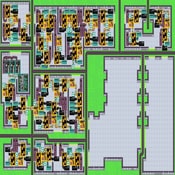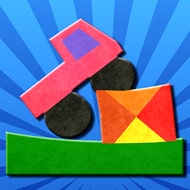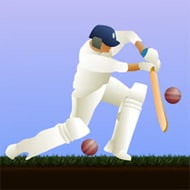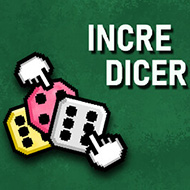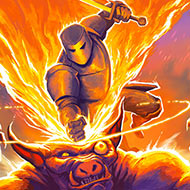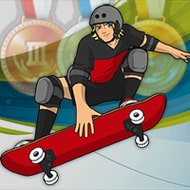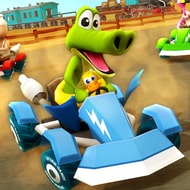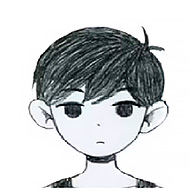
Tag
Tag is a movement-based game where the objective is simple—either avoid being tagged or catch your opponent. What makes this game engaging is the use of tight arenas filled with platforms, gaps, and walls that players must navigate with speed and accuracy. One wrong jump or a mistimed turn can flip the game in an instant.
Each round begins with a designated chaser and a runner. The roles may swap depending on game mode, but the core idea remains the same: chase or escape using agility and terrain advantages. The pace is quick, and the controls require precision, making Tag a game of both physical and mental reflexes.
Environments That Impact Gameplay
The game features a variety of compact maps, each with unique layouts. Some maps offer vertical challenges with multiple layers, while others test lateral movement and trap evasion. The obstacles aren’t just for show—players can use them to outmaneuver their opponent or hide temporarily to catch their breath.
Tag’s physics add complexity. Momentum carries your character through jumps and slides, so planning movement becomes critical. Good players learn to use speed boosts and rebounds to their advantage, turning the map itself into a tool for evasion or capture.
How to Outsmart and Outrun
- Use Corners and Edges: Sharp turns and abrupt changes in direction can shake off a pursuer.
- Control the Center: Holding high-ground or central positions gives you more escape routes.
- Conserve Momentum: Don’t waste speed—use it to cross wide gaps or dodge tags.
- Study the Map: Knowing the layout allows quicker decision-making in tense moments.
- Switch Roles Tactically: In some modes, tagging someone changes roles—plan this to trap them.
Tag is a fast-moving game that depends on both speed and wit. Whether chasing or fleeing, players must read the map and their opponent’s behavior to come out on top. Every round brings a new scenario, encouraging quick adaptation and smart movement.


